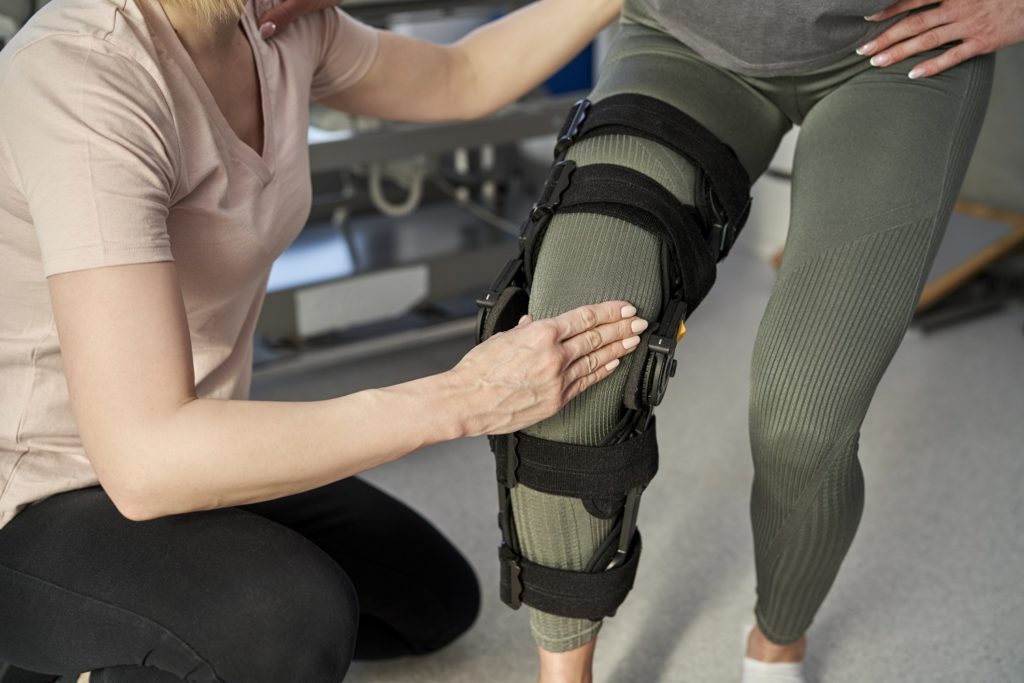Grasping different Methods toward Physical Treatment for Improved Recovery plus Restoration
Grasping different Methods toward Physical Treatment for Improved Recovery plus Restoration
Blog Article
Physical therapy serves as one crucial component of recovery and restoration for numerous people. This aids patients recover power, enhance mobility, and lessen discomfort following injuries or procedures. Various approaches to bodily rehabilitation, all crafted to satisfy the specific demands of individuals. Understanding these diverse techniques can assist individuals form knowledgeable decisions about their healing path.
One typical method to physical rehabilitation is manual treatment. Such technique includes hands-on therapy by a physiological therapist to handle muscles and connections. Hands-on therapy can assist relieve soreness, enhance vascular health, and boost flexibility. Practitioners may use approaches such as massage, connection movement, and elongation to assist individuals heal. This method is often helpful for those with musculoskeletal problems, such as spinal discomfort or arthritis, as it concentrates on the physical components of healing.
An additional important technique is therapeutic physical activity. This approach involves targeted activities designed to improve vigor, balance, and dexterity. Physical practitioners create customized movement regimens based on the individual's condition and objectives. These activities can vary from easy movements to more advanced tasks. Restorative exercise is vital for rebuilding vigor after an injury and avoiding future issues. This furthermore aids patients restore confidence in their bodily skills, which is crucial for complete healing.
Pool rehabilitation is a different helpful method that utilizes liquid to reference assist in recovery. This approach utilizes the floatation of liquid, which lessens the stress on articulations and enables easier movement. Patients can perform activities in a water environment, making it a wonderful alternative for those with constrained flexibility or discomfort. Aquatic therapy can help improve strength, mobility, and resilience while offering a nurturing setting for recovery. It is notably advantageous for clients healing from operations or those with chronic pain conditions.
In conclusion, learning and personal management are crucial parts of bodily rehabilitation. Physiological therapists also deliver therapy but additionally teach patients about their conditions and how to cope with them. Such entails understanding anatomical function, posture, and the value of being involved. Through empowering patients with understanding, practitioners assist them take an engaged position in their rehabilitation. This approach motivates individuals to carry on their healing beyond therapy meetings, resulting to improved long-term effects.
To summarize, physical treatment provides various techniques to improve healing and restoration. Hands-on therapy, restorative physical activity, aquatic treatment, and knowledge all play crucial parts in helping clients restore their strength and flexibility. Every approach is designed to meet the unique needs of clients, guaranteeing a comprehensive approach to recovery. Through comprehending these different approaches, patients can more successfully navigate their recovery path and work towards attaining their recovery goals.